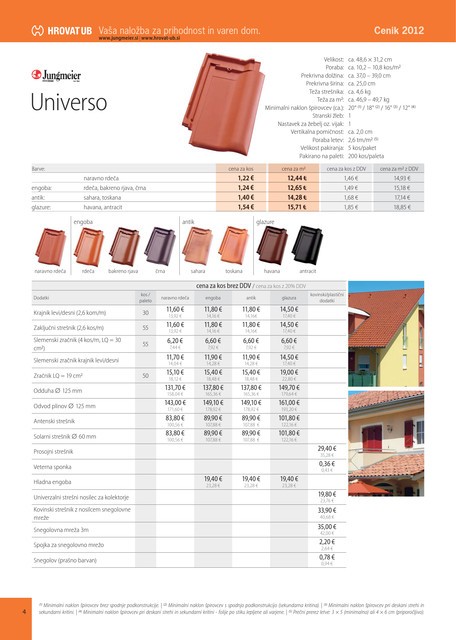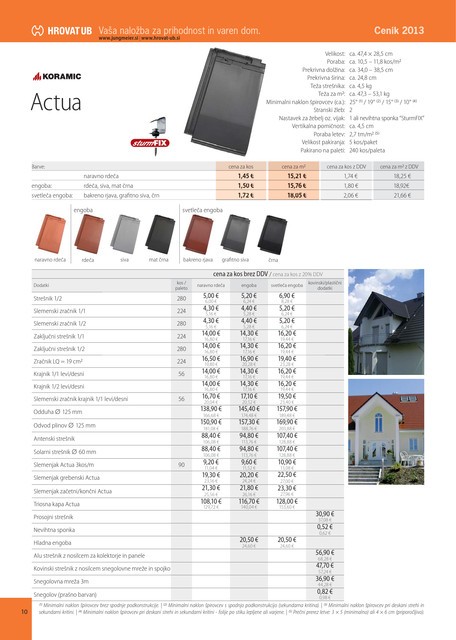The CCAPM meets Eurointerest rate persistence 1960 2000
Post on: 16 Март, 2015 No Comment

94 University Avenue
Kingston, Ontario, Canada
K7L 3N6
Page 2
The CCAPM Meets Euro-Interest Rate Persistence, 1960-2000
Allen C. Head and Gregor W. Smith∗
Abstract
Euro-interest rates are well-known to be persistent, as are their differentials across countries
for a given maturity. The international CCAPM implies that the rates are persistent
Keywords: Euro-interest rates, CCAPM
JEL classification: F30, G12
∗Department of Economics, Queen’s University, Kingston Ontario Canada K7L 3N6;
heada@econ.queensu.ca and smithgw@econ.queensu.ca. We thank the Social Sciences and
1. Introduction
With the removal of capital controls in many countries and the increasing deregulation
of domestic interest rates, differentials between onshore and offshore interest rates have
declined over time. This trend adds to the need to understand Euro market differentials,
because Euro interest rates increasingly represent firms’ financing costs.
A number of studies – surveyed by Marston (1995, chapter 6) – have examined Euro-
rates by testing whether real interest rate parity holds. They find that it does not, and
that international real interest rate differentials may be quite persistent. But as Marston’s
(1995) comprehensive study makes clear, there have been few attempts to model these
departures from real interest rate parity. In contrast, numerous studies test whether a
consumption-based asset-pricing kernel can explain departures from uncovered interest
parity (the foreign exchange risk premium). There also have been important investigations
of international bond and equity returns using the latent variable model of Hansen and
Hodrick (1983) and Gibbons and Ferson (1985), based on constant, relative, consumption
betas. However, those studies typically reject the restrictions implied by the model, and
they do not tie returns directly to aggregate consumption data.
This paper investigates a natural explanation for the persistence in cross-country, real
interest differentials: differences in national consumption growth rates. We study Euro-
rates in levels rather than differentials, because the restrictions on levels are stronger: an
asset-pricing model could reproduce differentials but not levels, but the reverse is not true.
And we study nominal interest rates, because they are directly observable. We model the
combinations of expected inflation and consumption growth whose time-series properties

Page 4
ternal habit or learning do not redeem these shortcomings. There remains a great deal
of persistence in Euro-rates (and hence their differentials) that cannot be matched with
forecasts of either consumption growth or inflation.
Stulz (1981, 1987) theorized that differences in consumption sets across countries
might account for interest rate differentials. Surprisingly, we have not encountered any
empirical study which has used consumption growth as a benchmark to evaluate the per-
sistence in panels of international interest rates. This strikes us as an important exercise
because cross-country studies of a single type of asset – Euro-deposits – may be as informa-
tive as cross-asset studies within a single country. An advantage of pooling international
data is that consumption growth in some countries (e.g. the U.S.) displays very little
persistence. In that case, Euler equations cannot readily be used to identify the degree of
intertemporal substitution. Since consumption growth in several countries is predictable
to a greater extent than in the U.S. the use of data from multiple countries facilitates
identification.
The rest of the paper is organized as follows. Section 2 briefly describes the CCAPM
and notation. Section 3 estimates and tests the power-utility version of the CCAPM by
the generalized method of moments (GMM). Sections 4, 5, 6, and 7 look at extensions to














